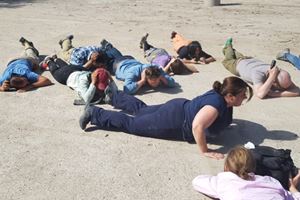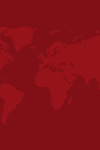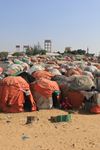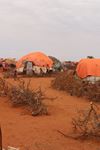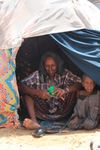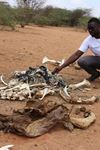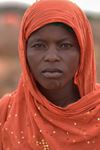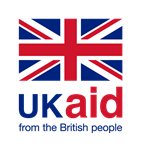
Kenya
DRC has been operational in Kenya since 2005 and is one of the United Nations Refugee Agency’s (UNHCR) largest implementing partners in the refugee response. DRC is present in Garissa (Dadaab & Garissa), Isiolo, Nairobi Urban (Eastleigh), Mandera, Marsabit and Turkana (Kakuma, Kalobeyei and Lodwar) counties.

Displacement trends
Source: | UNHCR
Displacement Trends
Definitions
EDPs: Refugees under UNHCR’s mandate
IDPs: Internally displaced persons
Asylum seekers: People whose claims for refugee status have not yet been determined
Stateless: People not considered as nationals by any State
HST: People living in Host Communities
OIP: Others in need of International Protection
OOC: Others of Concern
Forecast
DRC forecasts are based on a machine learning tool that has been developed to predict forced displacement (IDPs, refugees and asylum seekers) at the national level 1-3 years into the future.
Why we are there
DRC Kenya has a wide range of humanitarian, development and peace-building programs that enable the operation to be delivered across the ‘triple nexus’ which is the overarching programme strategy for the period 2022-2025.
In Kenya, displacement is complex and protracted across different situations (South Sudan, Somalia and Great Lakes) necessitating implementation across the humanitarian – development – peace nexus.
This targets IDPs, refugees, host communities and those engaged in mixed migration.
DRC’s focus extends to promoting Durable Solutions, which is linked to the commitments under the Comprehensive Refugee Response Framework (CRRF), and further towards strengthening our work with and through local partners.
What we do
DRC's activities in Kenya include livelihoods and economic recovery, voluntary repatriation, Water, Sanitation and Hygiene (WASH), humanitarian disarmament, child protection and Gender-Based Violence (GBV) programming in refugee camps and communities.
DRC is also the lesbian, gay, bisexual, transgender, or intersex (LGBTI+) refugee protection lead.
In response to the ongoing drought in the country, DRC is supporting extremely vulnerable households in the Arid and Semi-Arid Land (ASAL) region of Kenya with Multi-Purpose Cash Transfers.
We prioritize remote and insecure locations that other actors are not able to reach.
DRC is additionally rehabilitating strategic boreholes in livestock concentration areas, as well as supporting livestock vaccination and treatment, to protect pastoralists’ livelihoods and improve access to fresh milk.
Working in collaboration with


The Swedish International Development Cooperation Agency

Danish Ministry of Foreign Affairs

Directorate-General for European Civil Protection and Humanitarian Aid Operations
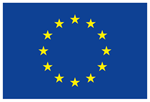
Directorate-General for International Cooperation and Development

UNHCR

UNICEF

The Swiss Agency for Development and Cooperation
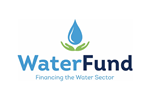
Water fund
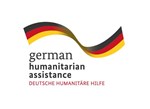
Contact

James
Curtis
Executive Director East Africa & Great Lakes
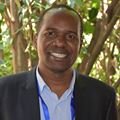
Simon
Nzioka
Country Director
